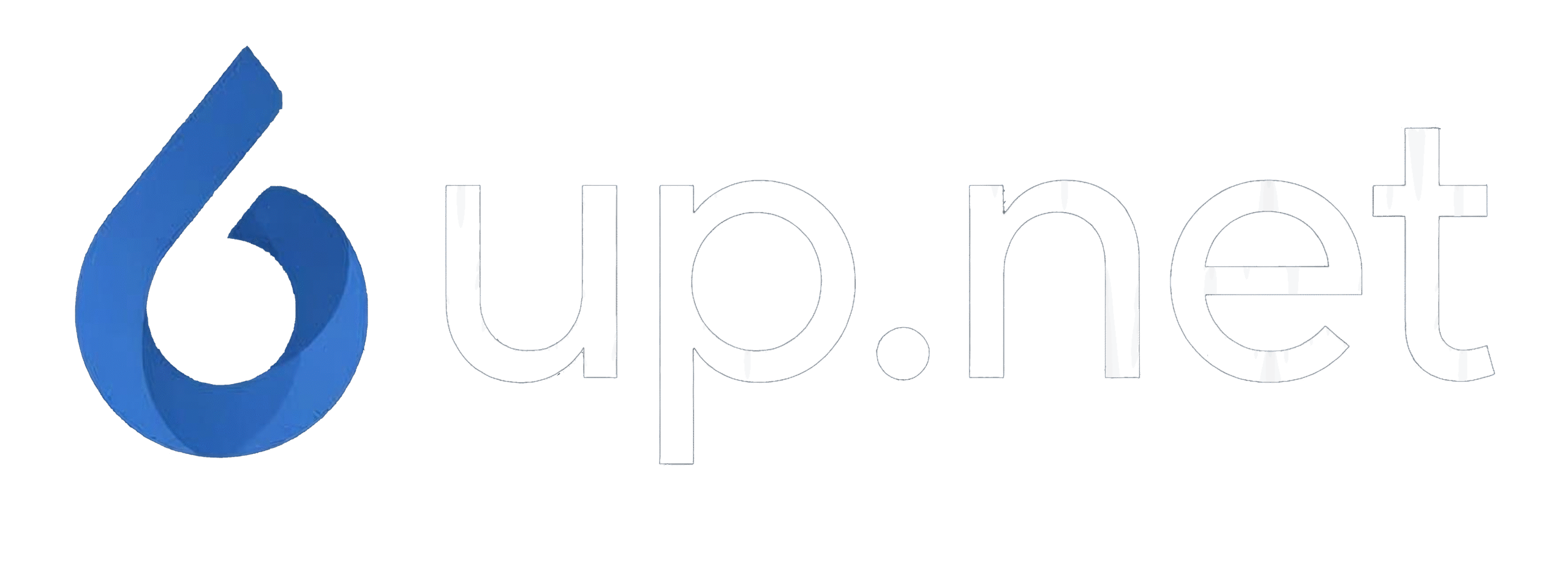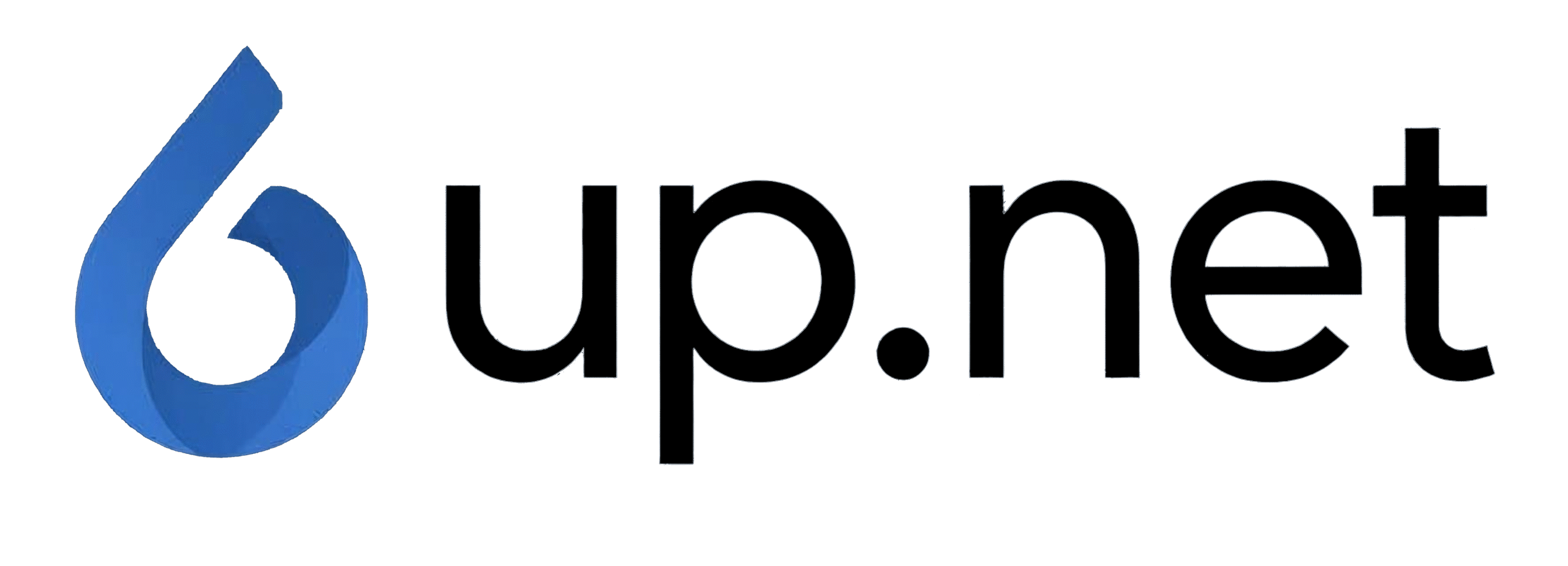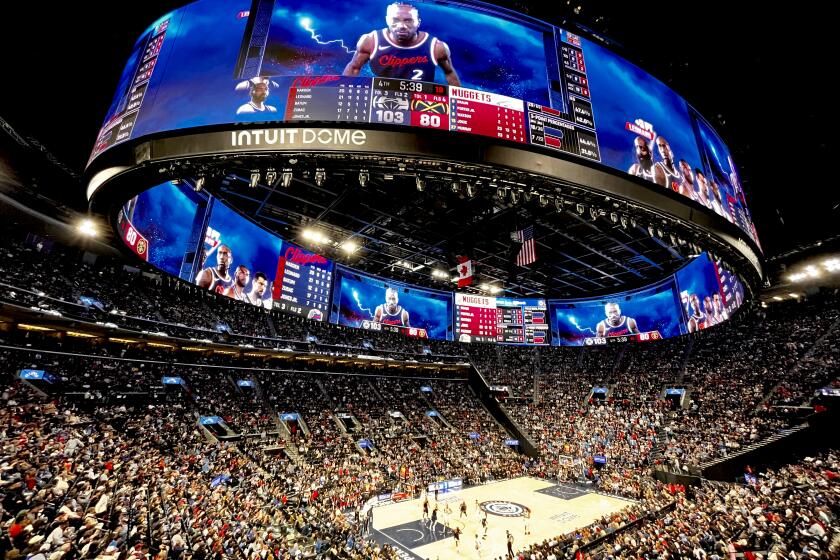More details are emerging about a company that allegedly paid Los Angeles Clippers star Kawhi Leonard millions to circumvent the NBA’s salary cap, including that the team came close in 2021 to granting naming rights for its Inglewood arena to Aspiration Partners.
Clippers owner Steve Ballmer nearly granted naming rights to the company, but ended up choosing financial services firm Intuit to grace the $2 billion venue, a source familiar with the matter said. Intuit, which has a $186 billion net worth and developed TurboTax, Credit Karma and QuickBooks, ended up paying a reported $500 million over 23 years for the naming rights.
Advertisement
Four years later, Aspiration, a sustainability firm that also generated and sold carbon credits, is out of business. Co-founder Joseph Sanberg has agreed to plead guilty to defrauding multiple investors and lenders. Listed among creditors in Aspiration’s bankruptcy documents is Leonard, raising questions about whether his $28 million endorsement deal with the company skirted NBA salary cap rules.
One of the investors Sanberg defrauded was Ballmer, listed by Fortune magazine as the sixth richest person in the world, with a net worth of $157 billion. The Clippers owner invested $50 million in Aspiration, which in turn entered into a $330 million sponsorship agreement with the team.
This week, the Athletic reported allegations that Aspiration agreed to pay Leonard $28 million for a job with no responsibilities, in an effort to circumvent the NBA salary cap. Ballmer was interviewed Thursday night by ESPN’s Ramona Shelburne and denied involvement in Leonard’s deal with Aspiration, but the NBA has launched an investigation.
Ballmer said he was “conned” by the company and that the Clippers did not circumvent NBA salary cap rules, which the team was accused of doing in a podcast report by Pablo Torre of the Athletic.
A plane over the Intuit Dome in Inglewood. (Wally Skalij/Los Angeles Times)
Ballmer told Shelburne that Aspiration offered more than Intuit for dome naming rights, and a Clippers spokesman confirmed that account. However, Ballmer insisted that the Clippers did not violate NBA rules against skirting the salary cap, and the team had agreed to a contract extension with Leonard and the sponsorship deal with Aspiration before the player and the company met.
Advertisement
Read more: Questions over Kawhi Leonard payments put focus on NBA salary cap
“We were done with Kawhi, we were done with Aspiration,” Ballmer said. “The deals were all locked and loaded. Then, they did request to be introduced to Kawhi, and under the rules, we can introduce our sponsors to our athletes. We just can’t be involved.”
The Clippers signed Leonard to a four-year, $176-million contract in August 2021 even though he was recovering from a partially torn ACL in his right knee that kept him sidelined the entire 2021-2022 season. Ballmer said the sponsorship deal with Aspiration was completed in September 2021 and that the Clippers introduced Leonard to Aspiration two months later.
“As part of our cooperation with the Department of Justice and Securities and Exchange Commission, we produced texts and emails,” Ballmer said. “It was part of the document production in their investigation. We even found the email that made the first introduction [between Aspiration and Leonard]. It was early in November.
Advertisement
“Where could any of this circumvention happened? It couldn’t have, it didn’t. The introduction got made and they were off to the races on their own. We weren’t involved.”
The Boston Sports Journal reported that Leonard did not appear in promotional material as other endorsers did because Aspiration executives “saw no brand synergy with Leonard and chose not to use his services. They instead preferred to partner with climate-focused influencers.”
Ballmer couldn’t explain why Leonard did no marketing or endorsement work for Aspiration, telling Shelburne that he never spoke with the player about his deal with the company.
“I don’t know why they did what they did and I don’t know how different it is, I really don’t,” he said. “And, frankly, any speculation would be crazy. These were guys who committed fraud. Look, they conned me. I made an investment in these guys thinking it was on the up-and-up and they conned me. At this stage, I have no ability to predict why they did anything they did.”
Advertisement
The salary cap is a dollar amount that limits what teams can spend on player payroll. The purpose of the cap is to ensure parity, preventing the wealthiest teams from outspending smaller markets to acquire the best players.
Circumventing the cap by paying a player outside of his contract is strictly prohibited. Teams that exceed the cap must pay luxury tax penalties that grow increasingly severe. Revenues from the tax penalties are then distributed in part to smaller-market teams and in part to teams that do not exceed the salary cap.
The NBA said it will investigate the allegations laid out by Torre. Ballmer said he welcomes the probe. If allegations were made against a team other than the Clippers, “I’d want the league to investigate, to take it seriously,” he said.
“We know the rules, and if anything is not clear we remind ourselves what the rules are. And we make it absolutely clear we will abide by those rules.”
Advertisement
The cap was implemented before the 1984-85 season at a mere $3.6 million. Ten years later, it was $15.9 million, and 10 years after that it had risen to $43.9 million. By the 2014-15 season it was $63.1 million.
The biggest spike came before the 2016-2017 season when it jumped to $94 million because of an influx of revenue from a new nine-year, $24-billion media rights deal with ESPN and TNT.
Salary cap rules negotiated between the NBA and the players’ union are spelled out in the Collective Bargaining Agreement (CBA). Proven incidents of teams circumventing the cap are few, with a violation by the Minnesota Timberwolves in 2000 serving as the most egregious.
The Timberwolves made a secret agreement with free agent and former No. 1 overall draft pick Joe Smith, signing him to a succession of below-market one-year deals in order to enable the team to go over the cap with a huge contract ahead of the 2001-2002 season.
Advertisement
The NBA voided his contract, fined the Timberwolves $3.5 million, and stripped them of five first-round draft picks — two of which were later returned. Also, owner Glen Taylor and general manager Kevin McHale were suspended.
Then-NBA commissioner David Stern told the Minnesota Star-Tribune at the time: “What was done here was a fraud of major proportions. There were no fewer than five undisclosed contracts tightly tucked away, in the hope that they would never see the light of day. … The magnitude of this offense was shocking.”
According to Article 13 of the CBA, if the Clippers were found to have circumvented the cap, it would be a first offense punishable by a $4.5-million fine, the loss of one first-round draft pick, and voiding of Leonard’s contract. However, the Clippers don’t have a first-round pick until 2027.
Get the best, most interesting and strangest stories of the day from the L.A. sports scene and beyond from our newsletter The Sports Report.
This story originally appeared in Los Angeles Times.
Discover more from 6up.net
Subscribe to get the latest posts sent to your email.


